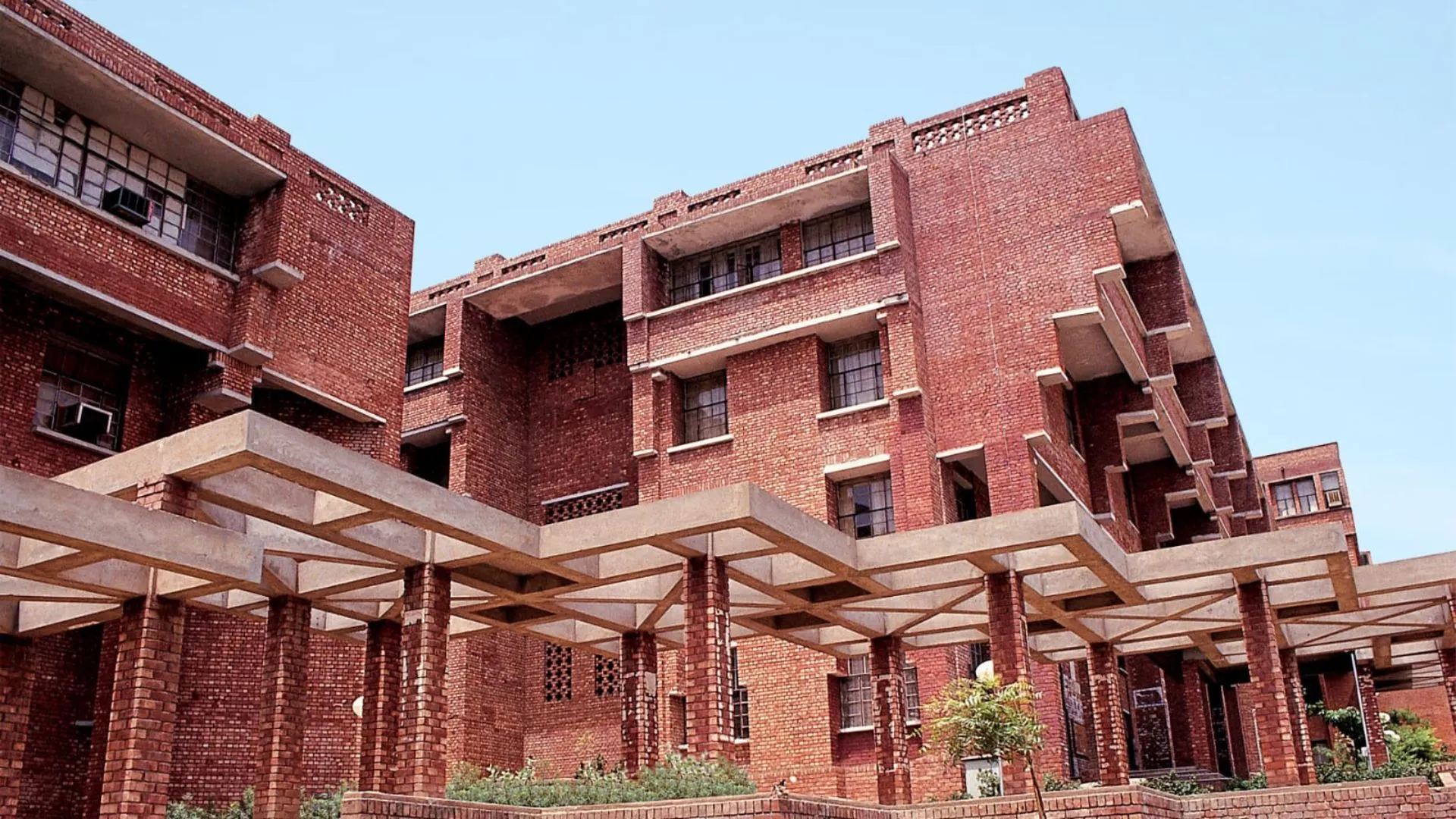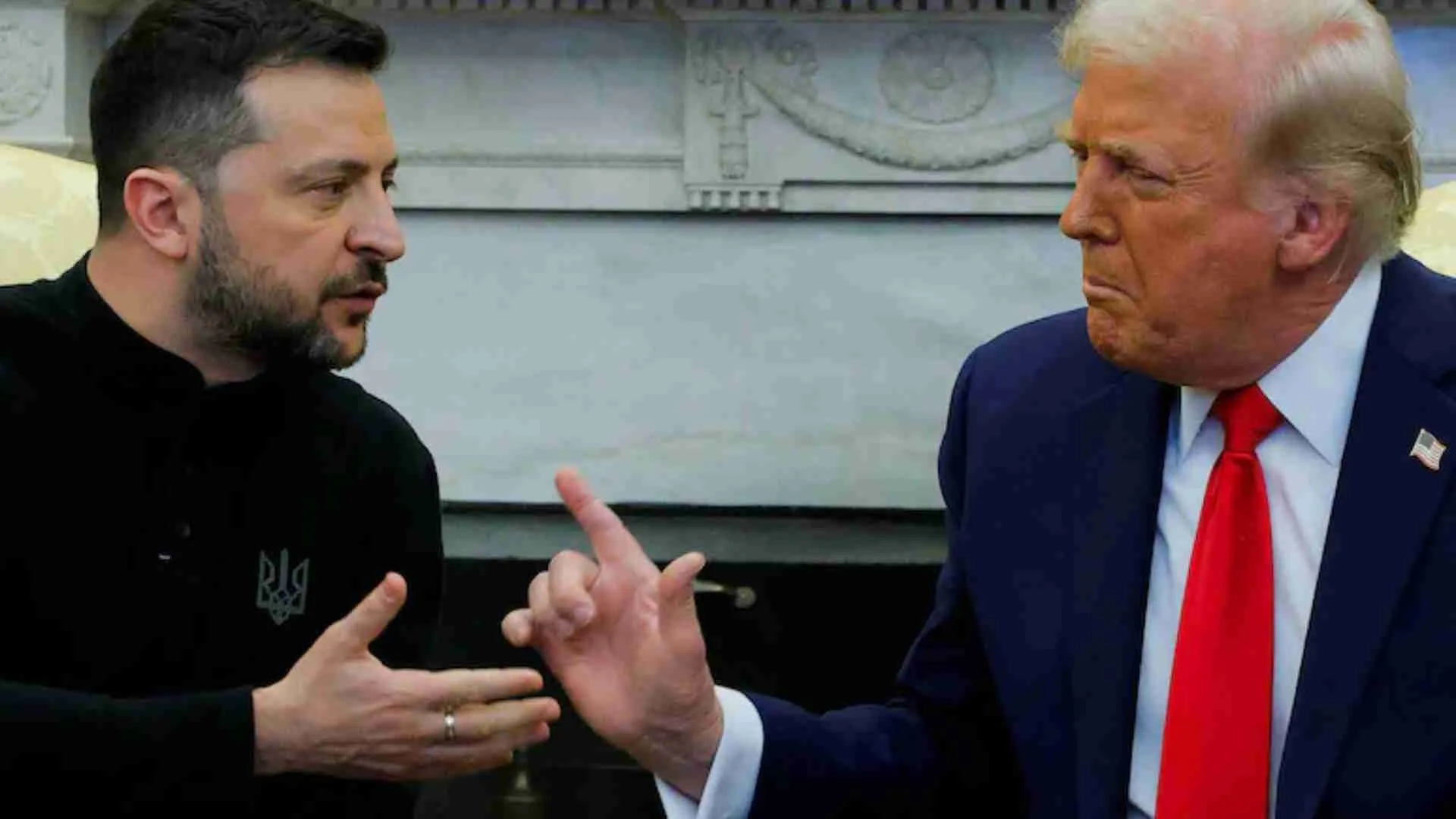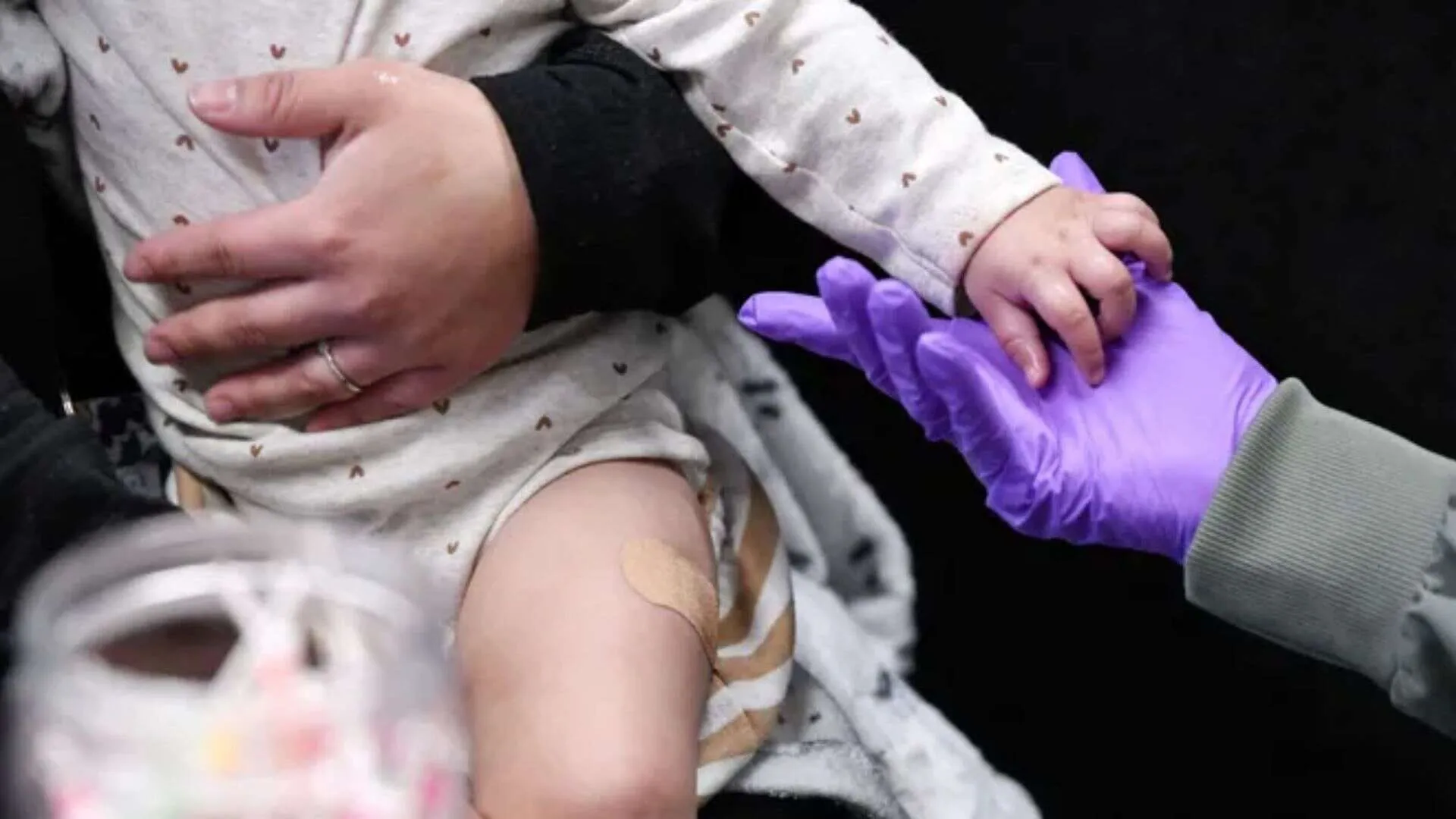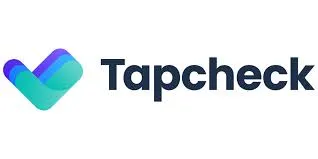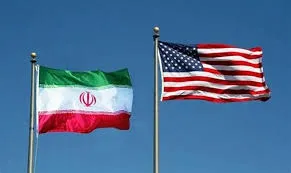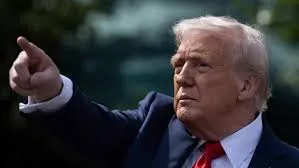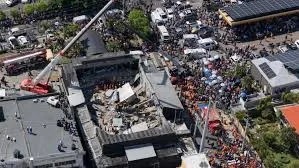Picture-to-text, also known as “image-to-text”, is an application of Optical Character Recognition (OCR). OCR itself is an application of machine learning, which is a branch of artificial intelligence.
Machine learning is the discipline of teaching computers how to recognize things from formats that are normally not understandable by a computer. A great example of this is OCR itself.
Computers cannot understand natural languages. The words that we see in our computer screens, they all have codes assigned to them. Computers can understand those codes, but not the characters themselves.
But with machine learning, computers can learn to read and understand the natural languages directly. And that is basically what OCR is.
How Does Picture to text Work?
Nowadays, we use OCR technology to convert documents that are not present in a digitally editable format into editable ones. In the simplest terms, the process involves taking pictures of the text and then extracting text from that picture. The extracted text can be digitally edited. This process is also known as “image-to-text” conversion. There exist many tools that can convert picture to text for free and with splendid results.

Although we have mentioned the main steps of this process in brevity above, there is actually a lot more detail that we can go into. Some of the detailed steps are given below:
- Image Pre-processing
Before text can be extracted, there are certain things that need to be done to the picture in order to make the process easier.

- Binarization
The first step is to make the entire image consist of just two colors. Usually, this is black and white. White parts of the image are basically the text and everything else is turned to black.
This is done so that it’s easier to recognize characters as they will be easier to spot due to the high contrast.
- “Deskewing”
Skew is something that is not level and is slanted. When images of text are taken, due to unavoidable human error they are always a little bit skewed. This means that the text in the picture is not perfectly horizontal.
During the “deskewing” process, the image is rotated so that all the skewed lines become perfectly level. This makes it easier to recognize the text later on.
- Cleaning
Cleaning is a process in which noise is removed from an image. Noise usually consistsof stray pixels, dust particle, and accidental blots that reduce the clarity and quality of the image.
Stray pixels can also confuse the computer when it’s time to extract the text. If they are too close to a character, they may distort its shape.
- Removal of Lines
Any lines such as margin lines and those belonging to tables are removed from the image during this step. This is also to prevent the computer from being confused when extracting text.
Lines can be mistakenly assumed as part of a character and completely change its shape. Thus, they are removed.
- Zoning
Different documents have different visual formats. During zoning, virtual boundaries are created around every part of the image that contains text. All other parts are completely ignored.
- Image Processing
- Tokenization
The first step during image processing is tokenization. Tokenization is the process of recognizing the boundaries between each character. Once those boundaries are recognized, then each character is separated into tokens.
During the actual text extraction, its these tokens that are recognized in order and reformed into words.
After tokenization, there are two methods by which characters are recognized. They are pattern recognition and feature recognition.
- Pattern Recognition
In pattern recognition, all the tokens are checked against a database of symbols. These symbols are characters of the natural language.
If the tokens match an entry in the database, they are extracted. If they don’t match exactly then the next closest symbol replaces them.
This method is very effective if the symbols in the database are written in the same size as the text present in the image. The process will be done very quickly and accurately.
On the other hand, if there are such differences, then the process will be quite inaccurate.
- Feature Recognition
The second method is using rules instead of a database. Characters are recognized based on these rules, i.e., “A” will be recognized due to having three lines and one bridging the other two which are at an angle.
From that example itself, you can see how cumbersome and difficult it could be to program such rules.
However, it has the benefit of being able to recognize characters in different fonts and styles.
Different OCR apps use different approaches when extracting text.
- Post Processing
During post processing, the results are touched up a bit so that the readers are not looking at some Hodge podge of words that are all out of order.
The extracted text is compared to a dictionary and any words that do not exist in the dictionary are replaced by the closest match.
With the help of some artificial intelligence, this part can be optimized further by training the software to be able to understand how sentences are formed. This will enable it to put the words that are not seemingly random into a coherent sentence.
And this is how OCR picture-to-text works.
How Does Picture to Text Ease Data Entry?
Data entry is one field that has massively benefited from OCR technology. Even though the digital age has advanced so far, the worlds reliance on paper medium still does not seem to be over.
This means that a significant hitch forms in the document flow in workplace environments. Since everything is digital nowadays, remote jobs and freelancing are much more popular. This means that important documents need to be sent online.
But what do you do if the document does not exist in a digital form? Easy…you just use OCR.
With OCR/Picture-to-text, you can convert any physical document into a digital one with great ease. This makes data entry jobs easier, as you don’t have to manually transcribe an entire document. This eases the document flow in professional work settings.
Conclusion
OCR and picture-to-text conversion are really useful technologies. They are used in many places where converting physical documents into digital ones is required. Data entry is one such field where OCR really shines. It completely automates this task and reduces the need for human intervention drastically.
In this post, we looked at how image-to-text conversion works, and how the process can be roughly divided into three phases.
Pre-processing is where the image is cleaned and prepared for scanning.
Processing is where the characters are actually extracted from the image.
Finally, we get post processing where the extracted text is put together in a sensible way.



